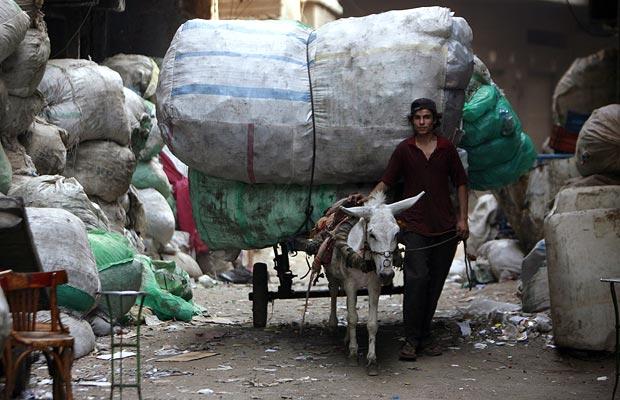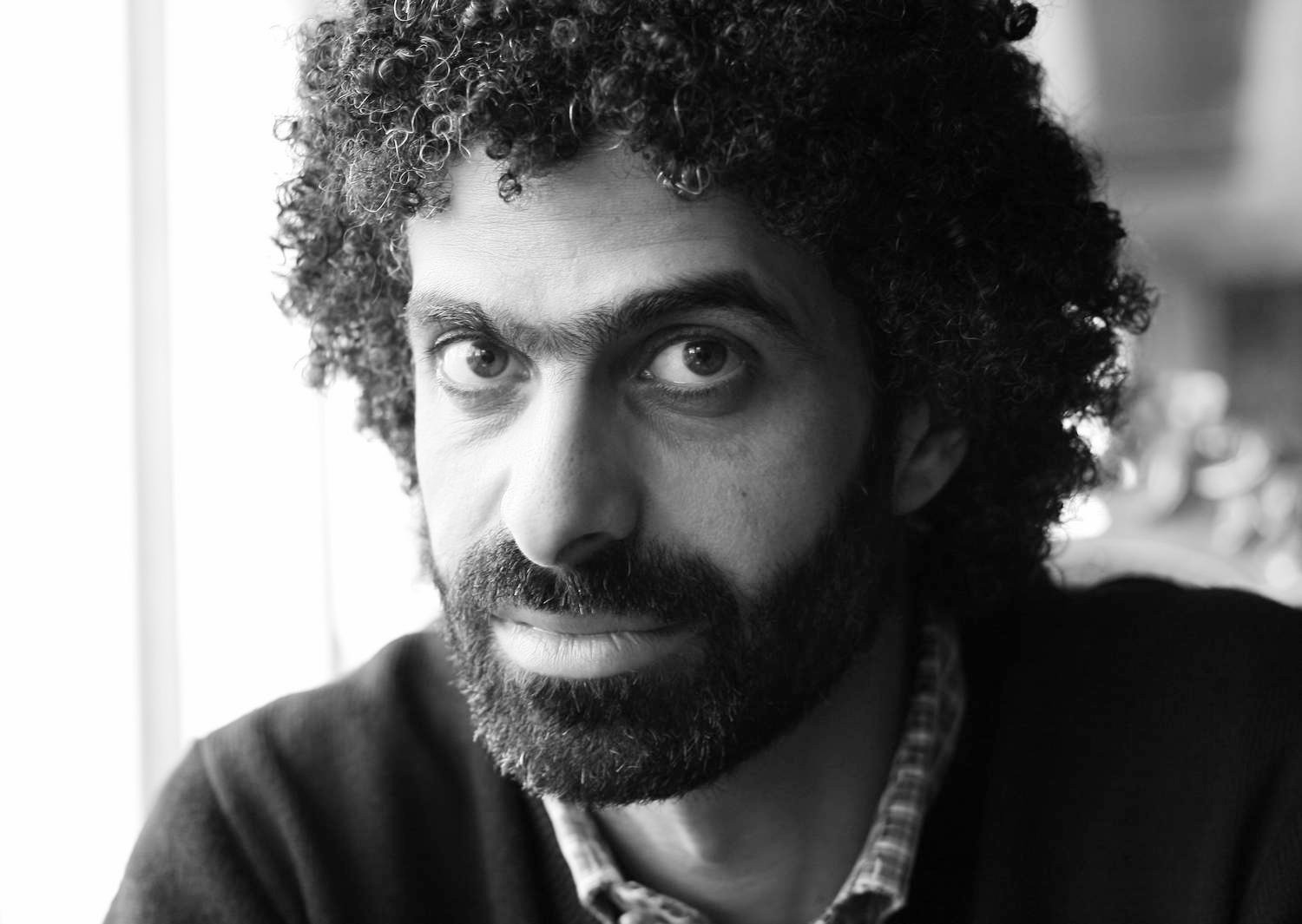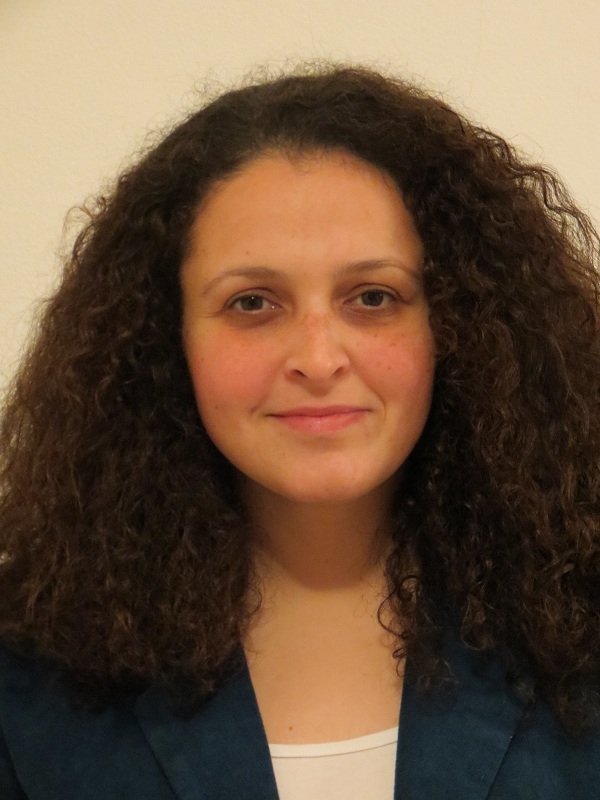If we have learned anything from this last presidential election, it is that poverty continues to be a concept ignored by president-elect Donald Trump and by United States politicians. Although both avoid using the word like a naked man avoids a poisonous snake, poverty is integral to the current reality of the US socio-political landscape. Trump’s selection of what is the richest cabinet in the country’s history does not bode well for the poor in America.
Poverty is a state of deprivation in which people lack the usual or acceptable amount of money or material possessions to live with dignity. In 2015, using this concept, 43.1 million Americans (13.5% of the population) lived in poverty. Although children are 23.1 percent of the total population, they constitute 33.3 percent of the poor population. A 2013 UNICEF report stated that the US had the second highest relative child poverty rate in the developed world.
Poverty and food security are closely related. In a food-secure household, the members have access at all times to enough food for an active and healthy life. In 2013, when child poverty levels were at a record high in the US, 16.7 million children were living in food-insecure households, unable to access nutritional foods necessary for a healthy life.
A 2016 study by the Urban Institute, a Washington DC research organisation that analyses how people and communities are affected by policy reforms, states that teenagers in low-income communities are frequently forced to join gangs, sell drugs, or exchange sexual favours because they cannot afford to buy food.
Homelessness aggravates the problems associated with a lack of food. According to a 2014 report by the National Center on Family Homelessness, the number of homeless children in the US has reached record levels, with 2.5 million children—one child in every 30— experiencing homelessness in 2013. Lack of affordable housing and domestic violence are among its main causes.
According to recent census estimates, half of the US population qualifies as poor or low income, while one in five millennials are living in poverty. According to The Routledge Handbook of Poverty in the United States, new and extreme forms of poverty have appeared in the US as a result of neoliberal structural adjustment and globalisation policies.
In June 2016, the International Monetary Fund (IMF) warned the US that it needs to address its high poverty rates by raising the minimum wage and offering paid maternity leave to women to encourage them to enter the labour force. In addition, females in poverty are likely to become pregnant at younger ages and with fewer resources to care for a child, leading them to frequently drop out of school.
Poverty hinders children’s access to quality education. Because the US education system is funded by local communities, the quality of education is frequently a reflection of the affluence of the community. An inadequate education tends to perpetuate inequality and hinders children’s mental and physical development and their future job opportunities.
Poverty is not only an ignored word by the president-elect and by US politicians, but a widespread and nefarious phenomenon in the country. Unless poverty is acknowledged and creatively and effectively addressed, we cannot speak of a just society, with equal possibilities for all.
Now is the time to remember Franklin D. Roosevelt’s words: “The test of our progress is not whether we add more to the abundance of those who have much; it is whether we provide enough for those who have too little.”
Dr. Cesar Chelala is a New York writer and an international public health consultant.



